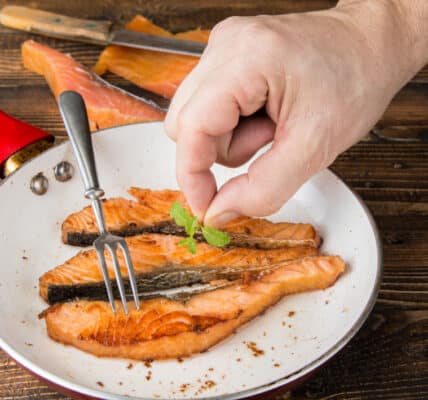Romantic Love and Addiction

Only a scientist can take something as mercurial as romantic love and reduce it to tingling receptors deep inside the brain. Yet that is exactly what two European researchers have done in a new review entitled “The neurobiology of love and addiction,” published last week in the journal Cognitive, Affective, & Behavioral Neuroscience.
Dr. Tobias Esch is the scientific director of the Primary Care Clinic for Integrative Health Care and Health Promotion at Witten/Herdecke University in Germany. Dr. George B. Stefanois is the director of psychiatry at Charles University and Hospital in Prague, Czech Republic. Together, they explore “the neurobiological connections shared by feelings of romantic love and the experience of drug addiction.”
The researchers call on functional magnetic resonance imaging studies (fMRI) to show that:
[F]eelings resulting from romantic love and those resulting from active drug use both activate the central reward system, which is a series of forebrain and midbrain structures that transmit signals primarily via dopamine release.
Ah, that old demon dopamine. It’s released as a result of pleasure or satisfaction, it can be stimulated by the relief of pain or unpleasant feelings, and it can be abused when used repeatedly to dissipate stress, loneliness, and boredom. Wouldn’t you know that dopamine is all mixed up with sexual desire and satisfaction, as well. All the appetites — eating, drinking, partying, and romantic love — serve evolutionary purposes while also becoming compulsive when abused.
The connection between romantic love and substance use disorder begins in the brain, according to these researchers. “The central reward system is activated in individuals who are experiencing emotions associated with romantic love or engaged in drug use,” the authors write. The parallels are apparent in fMRI studies of individuals who self-report being “intensely in love.” Their brains light up when shown images of their beloved, the same way a cocaine addict responds to images of lines of powdered cocaine on a mirrored surface.
The same reward system levers and dopamine triggers are activated by drug use, feelings of romantic love, and feelings of social approval. In a rather elegant passage on “Love, stress and reward,” the authors explain the activation of the reward network in a person falling in love:
Falling in love initiates a neurochemical cascade, including the release of stress hormones, such as rising cortisol levels. Dopaminergic reward pathways become highly active and exhibit elevated testosterone levels in males. Studies have also found a decline in serotonin levels, which is similar to patterns observed in obsessive-compulsive disorder and depression.
That’s when the brain’s reward system shifts, “oxytocin and vasopressin increase, reinforcing attachment and long-term connection,” and stress hormones naturally decline “as one feels secure in a relationship.” fMRI scans of people “madly in love” reveal “their brains show increased calming activity in regions rich in opioid and oxytocin receptors, suggesting a shift toward deeper emotional security and attachment.”
During a breakup, the same brain regions are stressed in the reverse direction. “Emotional pain, such as the loss of a loved one, activates the same brain regions involved in processing physical pain,” write the researchers. The authors describe a literal “broken heart syndrome”: cardiac distress resulting from an acute stress response that “temporarily weakens the heart muscle.” The authors conclude:
Love and strong relationships do more than shape emotion; they actively regulate stress and promote well-being.
A decade ago, researchers at the Kinsey Institute in Bloomington, Indiana, which investigates sexuality and well-being, proposed that romantic love and social acceptance could both be therapeutic for people suffering from substance use disorders and behavioral disorders. In a study published in Frontiers in Psychology, researchers speculated:
We suggest that “self expanding” experiences like romance and expanding one’s knowledge, experience and self-perception, may also affect drug and/or behavioral addiction behaviors. Further, because feelings of romantic love can progress into feelings of calm attachment, and because attachment engages more plastic forebrain regions, there is a rationale for therapies that may help substance and/or behavioral addiction by promoting activation of these forebrain systems through long-term, calm, positive attachments to others, including group therapies.
We have often pointed out at AddictionNews the value of employing substitute habits when trying to break an addiction. Now we have scientific proof that falling in love can help people break an addiction, and staying in love or raising one’s social standing can help strengthen calm, improve stress processing, and result in lasting benefits to physical and mental well-being.
Written by Steve O’Keefe. First published August 12, 2025.
Sources:
“The neurobiology of love and addiction: Central nervous system signaling and energy metabolism,” Cognitive, Affective, & Behavioral Neuroscience, August 4, 2025.
“Intense, Passionate, Romantic Love: A Natural Addiction? How the Fields That Investigate Romance and Substance Abuse Can Inform Each Other,” Frontiers in Psychology, May 9, 2016.
Image Copyright: lightfieldstudios.




